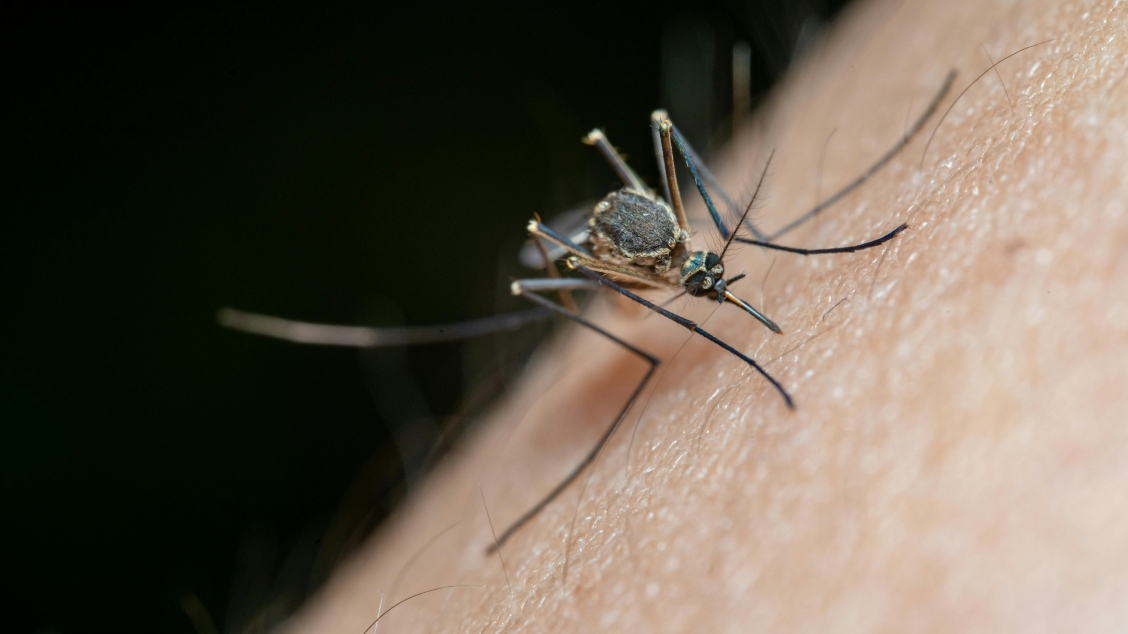
Snake Venom Toxins: Evolution and Diversification
Snake venom toxins are well-known for their profound physiological effects. These effects enable their use as tools to aid basic research and clarify pathological processes. Additionally, they have enormous potential in drug design and development. Further, an area of growing interest is the molecular evolution and diversification of these toxins, a particularly rapid and dynamic process for which the underlying mechanisms are still being unraveled.
Snake venom toxin research
Three articles recently published in the journal Toxins, and highlighted below, report on important and exciting advances in snake venom research. The first demonstrates the use of transcriptomics and gene network analysis to identify venom toxins. And this method offers advantages over similarity-based or assay-guided methods, which could fail to identify major venom components of a transcriptome. The second paper proposes a new theory, Rapid Accumulation of Variations in Exposed Residues, to explain the rapid molecular evolution and diversification of venom toxins. Finally, using random sequencing of cDNA libraries from small Australian elapid snakes, the third paper describes the evolution and diversity of toxin genes, and identifies novel toxin sequences from these understudied snake species.
Molecular evolution of snake venom toxins
Using high-throughput transcriptomics and an original bioinformatics analysis pipeline, Terrat et al. demonstrate the molecular diversity of venom from Atractaspis aterrima—the slender burrowing asp. Indeed, a large diversity of three-finger toxins, were found to have evolved under the significant influence of positive selection. Additionally, the study reveals the relative abundance of different toxin groups, rare transcripts, new insight into the transcriptomic machinery, and the detection of numerous highly-transcribed compounds that possess all the key features of venom-components and may constitute new classes of toxins.
Rapid Accumulation of Variations in Exposed Residues
Snake venom three-finger toxins (3FTx) represent one of the most abundantly secreted and potently toxic components of the colubrid (Colubridae), elapid (Elapidae) and psammophid (Psammophiinae subfamily of the Lamprophidae) snake venom arsenal. Despite a conserved structural similarity, they perform a diversity of biological functions and are theorized to undergo adaptive evolution. However, the underlying diversification mechanisms remain elusive. Sunagar et al. describe the molecular evolution of different 3FTx functional forms and show that positively selected point mutations have driven the rapid evolution and diversification of 3FTx.
Previous ideas
A previous theory of 3FTx molecular evolution (termed ASSET) is shown to be evolutionarily implausible. It cannot account for the considerable variation observed in very short segments of 3FTx. Instead, the authors propose a new theory, Rapid Accumulation of Variations in Exposed Residues (RAVER), to illustrate the significance of point mutations. This is guided by focal mutagenesis and positive selection in the evolution and diversification of 3FTx.
Snake venom in Australia
Despite the unparalleled diversity of venomous snakes in Australia, research has concentrated on only a few species. For these species, very few toxins have been fully sequenced. To gain further insight into the molecular evolutionary history of major toxin classes, Jackson et al. investigated venom gland transcriptomes using random sequencing of cDNA libraries from eleven species of small Australian elapid snakes. These snakes were from eleven genera, spanning a broad phylogenetic range. Thus, the toxic arsenals of the tested species, many of which are typically considered harmless to humans, were demonstrated to be potentially similar in complexity to those of larger, “medically significant” species.
Conclusions on snake venom from Australian species
In conclusion, the novel sequences recovered in this study reveal the huge diversity of unstudied venomous Australian snakes. Obviously, this represents an untapped bioresource in the search for novel compounds for use in drug design and development.










